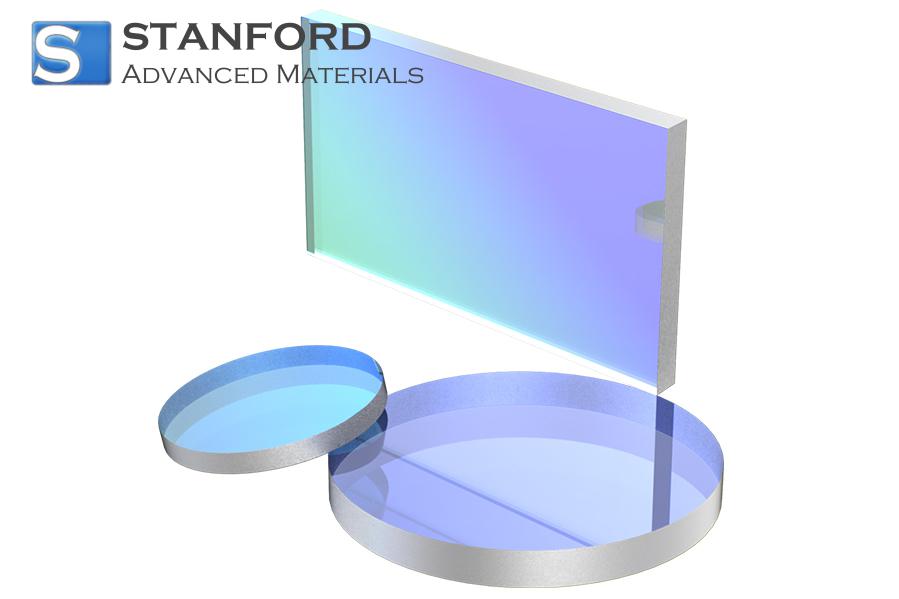Types And Uses Of Aluminum Beryllium Master Alloy
Description
Aluminium-Beryllium master alloy is a material that combines aluminium with beryllium. It is employed to introduce beryllium into aluminium alloys. The master alloy increases the strength of the base metal, reduces its density and enhances its performance. In many applications, even a small proportion of beryllium produces measurable improvements. The material is noted for its low weight and high stiffness.
The alloy is produced by mixing controlled quantities of Beryllium with aluminium. The master alloy functions as a standardised source and is added to the base aluminium during production. Consequently, manufacturers achieve the specific performance criteria required for the final product.
Handling this alloy demands caution because beryllium compounds, when exposure levels are high, are toxic. Strict guidelines and safety protocols must be observed. Overall, the aluminium-beryllium master alloy is used to modify the base properties of aluminium in a controlled and repeatable manner.
What is an Aluminium-Beryllium Master Alloy?
An aluminium-beryllium master alloy is a compound in which beryllium is incorporated into aluminium as an intermediate product. This master alloy allows manufacturers to add beryllium in precise quantities. Due to beryllium’s low density and its capacity to increase the stiffness of the base metal, the alloy is suited for applications where weight reduction and increased strength are required. It is produced under controlled industrial conditions with the aim of achieving a homogeneous mixture that meets defined quality standards. Both academic research and industrial practice have verified that the use of aluminium-beryllium master alloys improves the performance of manufactured components.
Applications
Aluminium-beryllium master alloys are applied in several industrial sectors. They are widely used in the aerospace industry, where every gram is significant. In aviation, reducing weight while maintaining or increasing structural durability is beneficial. This alloy is also employed in the manufacture of sporting goods where low weight and high strength are essential. In addition, the master alloy is used as an additive in the production of high-performance vehicles. Other applications include areas in military and aerospace engineering. For instance, certain spacecraft components require alloys with beryllium to increase stiffness without a significant increase in weight. In many cases, aluminium alloys benefit from the addition of precisely measured quantities of beryllium, thereby achieving a balance between increased stiffness and reduced mass.
AlBe5 and AlBe3
AlBe5 and AlBe3 are two forms of aluminium-beryllium master alloys. They differ in composition and in the ratio between aluminium and beryllium. AlBe5 contains a higher proportion of beryllium relative to aluminium. This composition results in an alloy that meets applications requiring greater stiffness. In contrast, AlBe3 has a lower beryllium content and retains more of the ductility of the base aluminium. Both variants rely on the controlled addition of beryllium to aluminium, and engineers select the type according to the precise property requirements of the end product.
The performance differences between AlBe5 and AlBe3 are evidenced in industrial applications. For example, in aerospace components AlBe5 may be chosen given its improved stiffness-to-weight ratio. In high-performance sporting goods, AlBe3 might be selected when only a moderate increase in stiffness is required while maintaining flexibility. Industrial test data support the suitability of both master alloys, allowing manufacturers to select the appropriate balance for their specific product requirements.
Conclusion
Aluminium-beryllium master alloys are significant in the fields of aerospace engineering, sporting goods manufacture and high-performance machinery production. They provide a controlled method for introducing beryllium into aluminium. This process increases the stiffness and lowers the weight of the base metal. Both AlBe5 and AlBe3 provide viable variants for differing application requirements. However, because beryllium compounds are toxic, proper handling and safety protocols must be implemented. Overall, these materials enable manufacturers to meet the precise performance criteria of final products while maintaining efficient manufacturing processes.
Frequently Asked Questions
Q: What is the main advantage of the aluminium-beryllium master alloy?
Q: It modifies the base metal by increasing stiffness and reducing weight.
Q: What types of aluminium-beryllium master alloys exist?
Q: There are two main types: AlBe5 and AlBe3, which differ in beryllium content.
Q: Is the aluminium-beryllium master alloy safe to use?
Q: It is safe provided that the appropriate handling and safety protocols for beryllium compounds are followed.

 Bars
Bars
 Beads & Spheres
Beads & Spheres
 Bolts & Nuts
Bolts & Nuts
 Crucibles
Crucibles
 Discs
Discs
 Fibers & Fabrics
Fibers & Fabrics
 Films
Films
 Flake
Flake
 Foams
Foams
 Foil
Foil
 Granules
Granules
 Honeycombs
Honeycombs
 Ink
Ink
 Laminate
Laminate
 Lumps
Lumps
 Meshes
Meshes
 Metallised Film
Metallised Film
 Plate
Plate
 Powders
Powders
 Rod
Rod
 Sheets
Sheets
 Single Crystals
Single Crystals
 Sputtering Target
Sputtering Target
 Tubes
Tubes
 Washer
Washer
 Wires
Wires
 Converters & Calculators
Converters & Calculators
 Write for Us
Write for Us





 Chin Trento
Chin Trento



